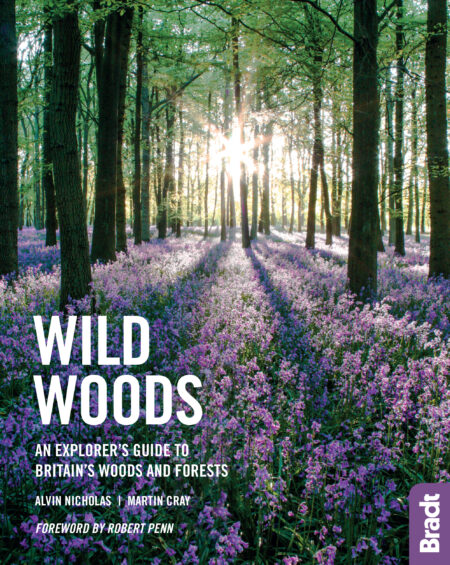Britain’s biggest forests can be places of isolation, solitude and dark skies beyond compare. They can also offer a multitude of adventure activities, from bushcraft expeditions to bikepacking escapes.
Covering some 300 square miles and seven forests, Galloway Forest Park in southwest Scotland is Britain’s largest afforested landscape, followed by Kielder Forest in Northumberland. Meanwhile, Speyside’s native Caledonian pinewoods, outliers of the boreal forest that stretches from Siberia to northern Eurasia, reach high into the Cairngorms and form the most extensive ancient woodlands in Britain.
Our biggest broadleaved woodlands derive from ancient hunting forests. Deep, dark and full of secrets, they are among the few wild places left on our shores where it is still possible to get lost.
Savernake Forest, Wiltshire
This ancient royal forest was mentioned in King Athelstan’s Charter of 934 AD as Safernoc. After 1066, custodianship of Savernake passed to Richard Esturmy, a knight who fought at Hastings, and for a thousand years the estate and forest have been passed down an unbroken line of hereditary forest wardens.
One such warden was Sir John Seymour, whose daughter Jane famously caught the eye of King Henry VIII on a deer-hunting trip at Savernake in 1535. In 2018 the remains of the ruined Seymour family home, Wolfhall – given recent notoriety by Hilary Mantel’s novel, Bring up the Bodies – were unearthed within the grounds of a later 17th-century manor house.
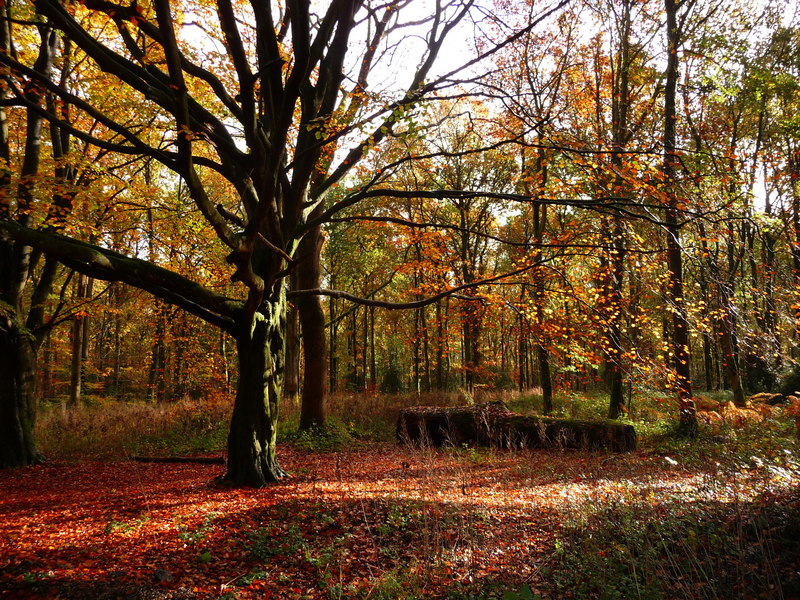
Spanning 4,500 acres, Savernake is one of England’s largest ancient forests – a forager’s paradise rich in fungi and wildflowers. There are around 2,600 ancient oaks – many with wonderful names such as Cathedral Oak, Old Paunchy and the King of Limbs – along with some 2,400 ancient beech trees and more than 100 ancient chestnut trees. The massive, 1,100-year- old Big-Bellied Oak beside the A346 is probably the oldest tree in the forest. Legend says the devil can be summoned by dancing naked around it!
Speyside forests, Aberdeenshire
Globally speaking, Scotland’s native pinewoods, together with closely associated birch, aspen and juniper woodlands, form part of the boreal forest biome, which extends eastwards across central and northern parts of Scandinavia, Russia, Alaska and Canada.
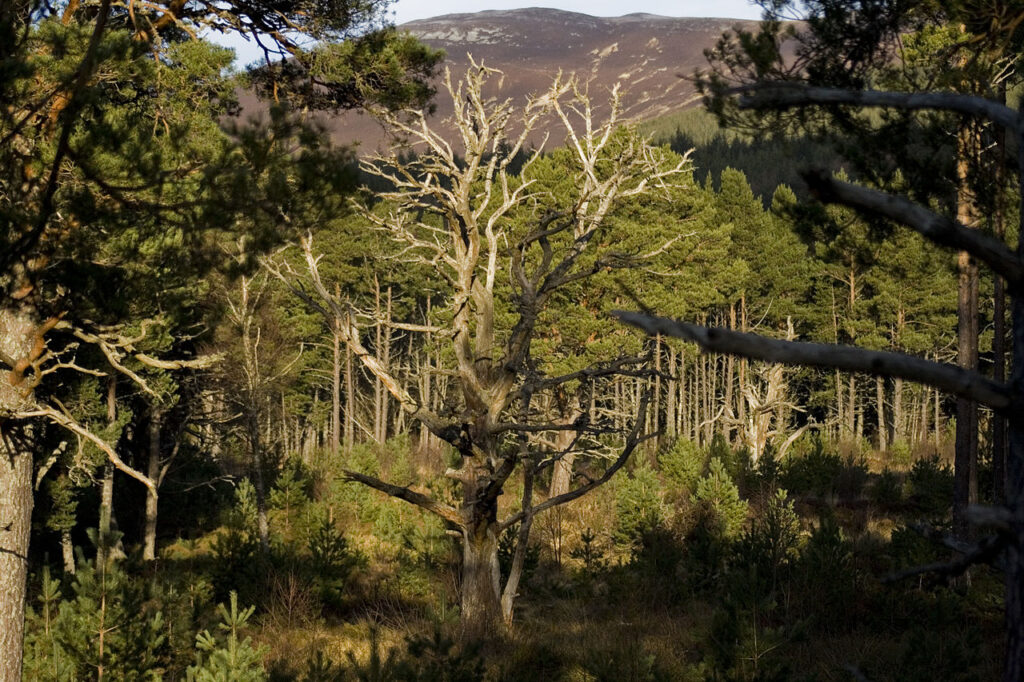
Stretching for 25 miles from Abernethy to Glen Feshie and spanning nearly 40,000 acres, this starry wilderness holds some of the most spectacular Caledonian forests you will find – deep enough to hide capercaillie, Scottish wildcats and the intrepid souls who seek them. Many Scotland tour packages include a visit to these magnificent forests.
The Blean, Kent
Stretching for 7 miles and covering 6,900 acres, the Blean complex is one of the five largest concentrated tracts of ancient woodland in England. Designated National Nature Reserves, Blean Woods west of Blean village and East Blean Wood south of Herne are the best places to head for ancient woodland. Forming one dark forest in the central area, Clowes Wood, Thornden Wood and West Blean Wood are more of a mosaic of ancient semi-natural woodland and conifer plantation.
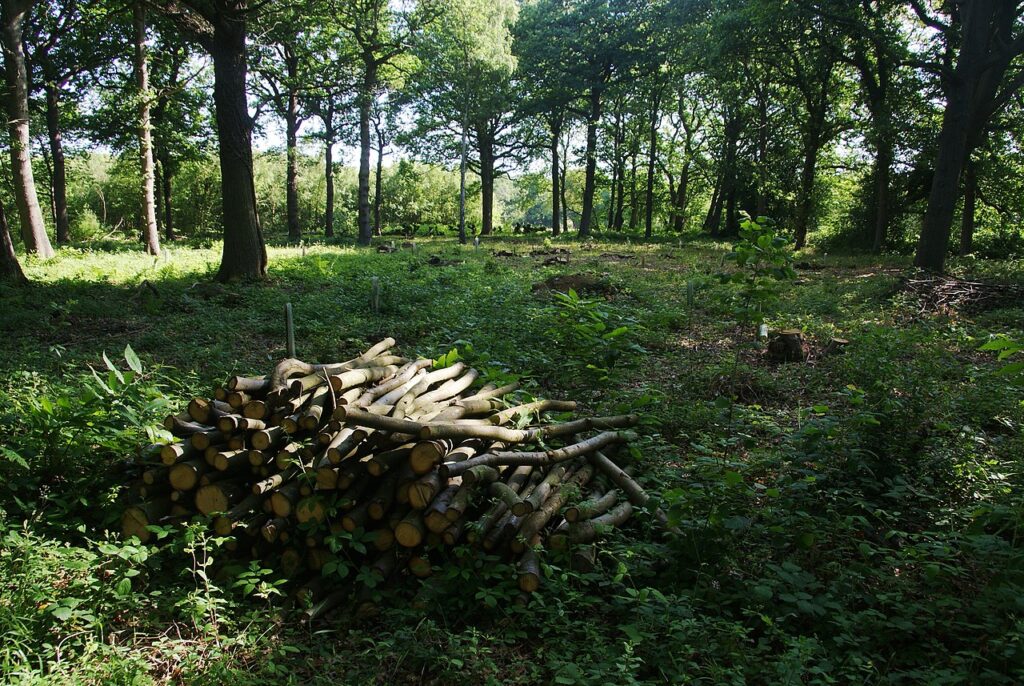
Wild boar were last hunted here in Tudor times, but many mammals are still present including fallow deer, badger, hedgehog, fox, stoat, weasel, yellow-necked wood mouse and hazel dormouse. Common lizard, slow worm and grass snake can be spied in warmer weather. Today the Blean is one of the very few areas that support heath fritillary butterflies.
Epping Forest, London
Covering 6,000 acres and stretching for 12 miles along a ridge between the valleys of Lea and Roding, Epping Forest is one of the few sizeable lowland wood-pastures remaining in Britain and remains one of the ten largest concentrated tracts of ancient woodland in England. Plant pollen indicates that this area has been wooded for more than 4,000 years.
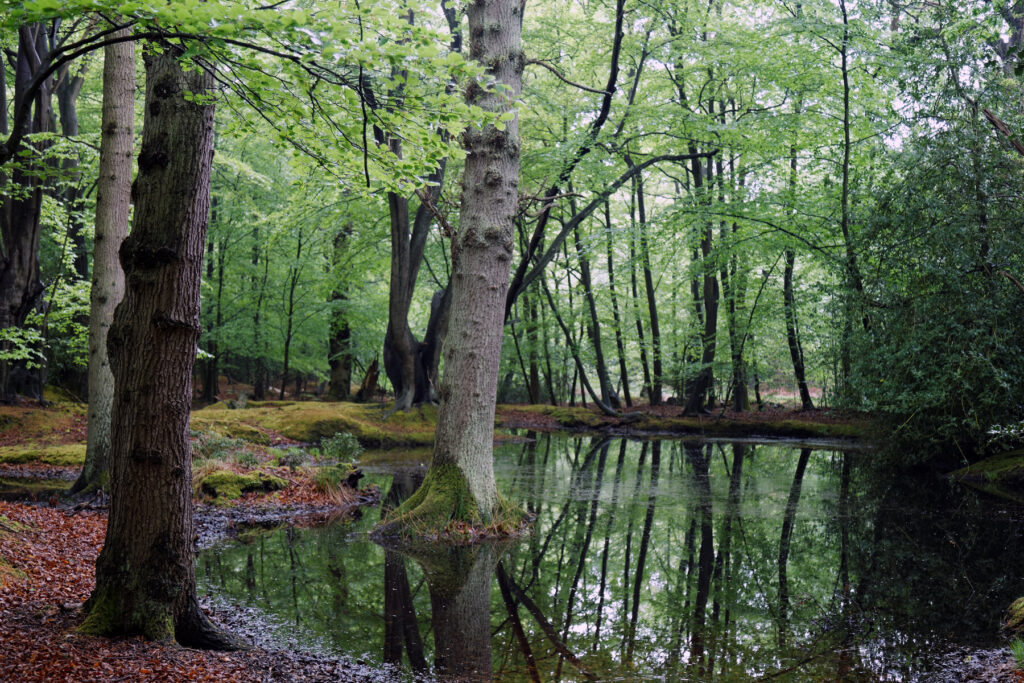
Full of ancient beech pollards, oaks, hornbeams and birch, Great Monk Wood marks the deepest part of the forest. Towards its north edge, woodland gives way to heathland at Deer Shelter Plain, where red and fallow deer were traditionally fed under a thatched shelter through harsh winters, and a long-established herd still roams.
Galloway Forest Park, Dumfries & Galloway
The mighty Galloway Forest Park, which covers some 300 square miles, is Britain’s biggest forest. Upland conifer plantations are the dominant forest type, although there are plenty of mixed and native broadleaf woodlands to be found.
Described as the heart of the Galloway Highlands, the Glentrool Forest area offers an abundance of adventure amid a landscape of wild remote lochs, ringed by conifer-clad hills. Loch Trool is a good place to go. Some of Scotland’s oldest and least-spoiled temperate rainforests surround its shores – Atlantic oak woodlands with birch and alder supporting an array of lichens, bryophytes, invertebrates and breeding birds.
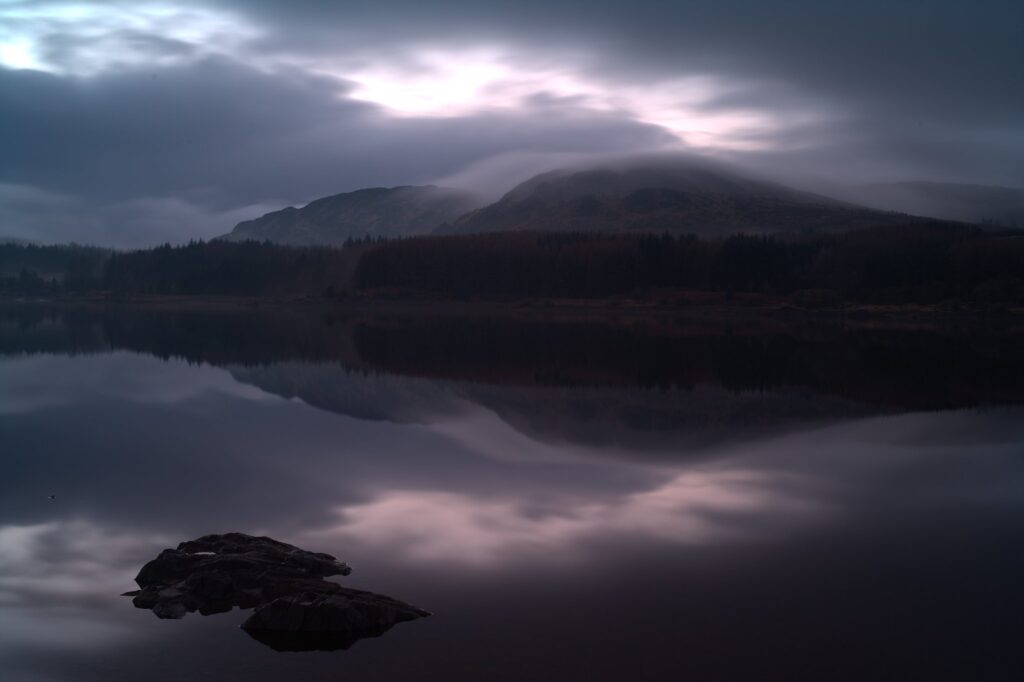
In the southwest corner of Galloway Forest Park, hidden amid dark ranks of Sitka spruce, are the temperate rainforests of Cree. Here, the 692-acre Wood of Cree National Nature Reserve contains the largest area of ancient oak woodland in southern Scotland. These lush, biodiverse woods are home to seven species of bat, including the rare Leisler’s bat, along with red and roe deer, otter, red squirrel, pied flycatcher, wood warbler, willow tit, pine marten and tawny and barn owl.
Kielder Forest, Northumberland
Lose yourself beneath the biggest expanse of protected dark skies in Europe in this vast forest. Rich in archaeological remains, the entirety of England’s largest forest is open access on foot, and all its roads are open to horseriders and cyclists.
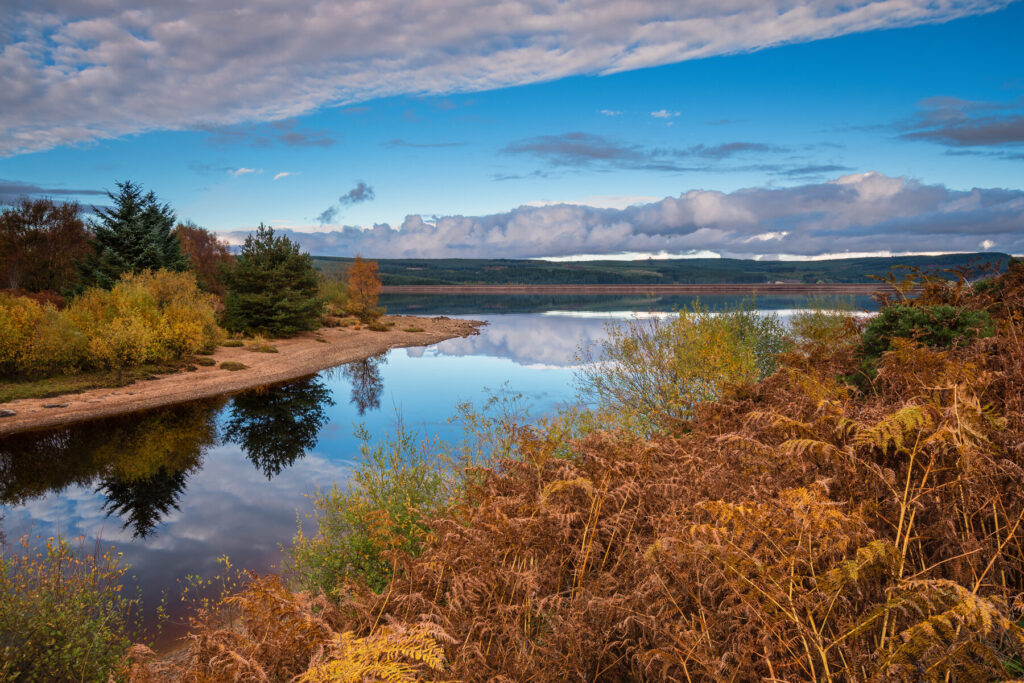
Now largely conifer plantation, prehistoric Kielder was home to alder, birch, elm and willow. Scots pine trees were also present; some survive at William’s Cleugh, the only native pinewood in England, and rewilding efforts have used donor seeds from the site to enhance 247 acres in the wild and remote Kielderhead National Nature Reserve. The habitat will eventually benefit black grouse, and could pave the way for the reintroduction and encouragement of beaver, pine marten and possibly even lynx.
In a dark, forbidding spot deep within the forest, Glendhu Hill, according to the Ordnance Survey, is the most remote place in England.
Loch Ard Forest, Stirling
Surrounded by mighty mountains east of Loch Lomond, this is the largest forest within the Queen Elizabeth Forest Park. Though largely made up of spruce plantation, there are a variety of habitats within its 23,500 acres, including rivers, lochans, bogs and ancient oakwoods. Inhabitants include red squirrel, roe deer and otter, along with birds such as buzzard, osprey and black grouse. There’s even the odd capercaillie.
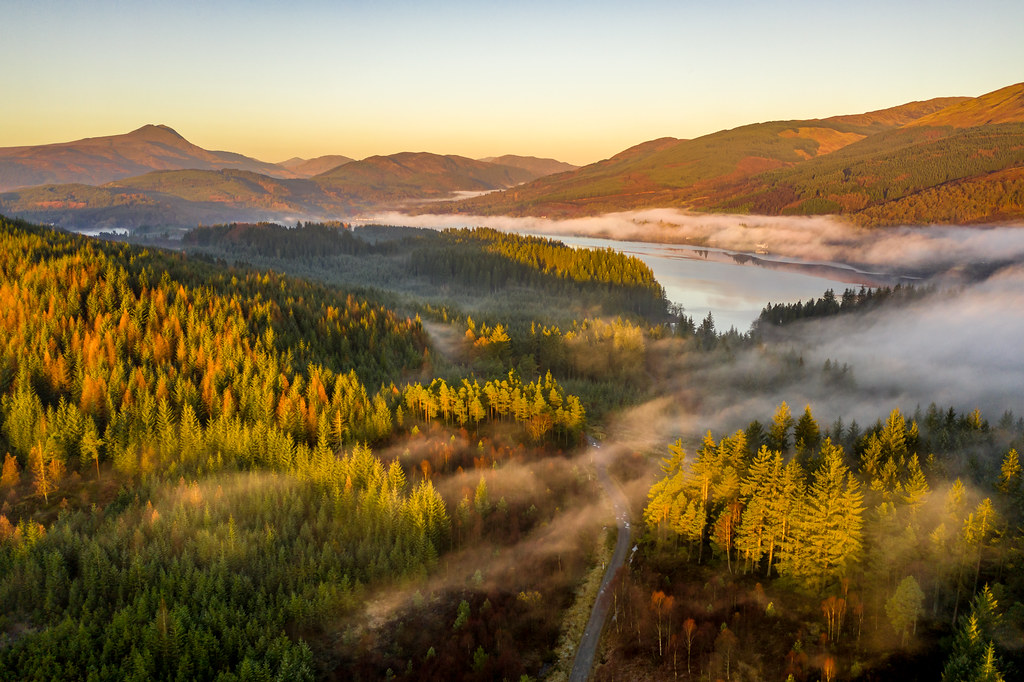
Located at its centre and fringed by ancient woodland, sheltered Loch Ard is ideal for canoe camping. Eilean Gorm is the biggest of several small islands here, well-wooded and boasting a bothy.
Atronmacnair, a forlorn ruined farm, can be found deep in the forest approximately 1.9 miles from Kinlochard along forestry tracks. It features in several scenes from the film The Last Great Wilderness, in a wonderfully wild area for horseriding, bikepacking and bivvying.
The New Forest, Hampshire
Known to the Normans as Nova Foresta, the New Forest, covering more than 140 square miles of unsown rural Hampshire, is magical. Largely Crown-owned, its remote recesses hold fragments of primeval forest, their constituent species miraculously clinging on despite the encroachments of the modern world.

You can explore 27 square miles of mighty oaks and magnificent beech within a vast, near-continuous belt south of Lyndhurst – a place to lose yourself (literally) in England’s largest expanse of ancient woodland.
Thetford Forest, Norfolk
You could easily become lost in Britain’s largest lowland pine forest, planted following World War I. Its 46,280 acres are unusually wildlife-rich, and there are muntjac, roe and a small number of red deer to be seen. Scarce breeding birds include woodlark, nightjar, goshawk, crossbill and siskin, as well as stone curlew around the forest edge.
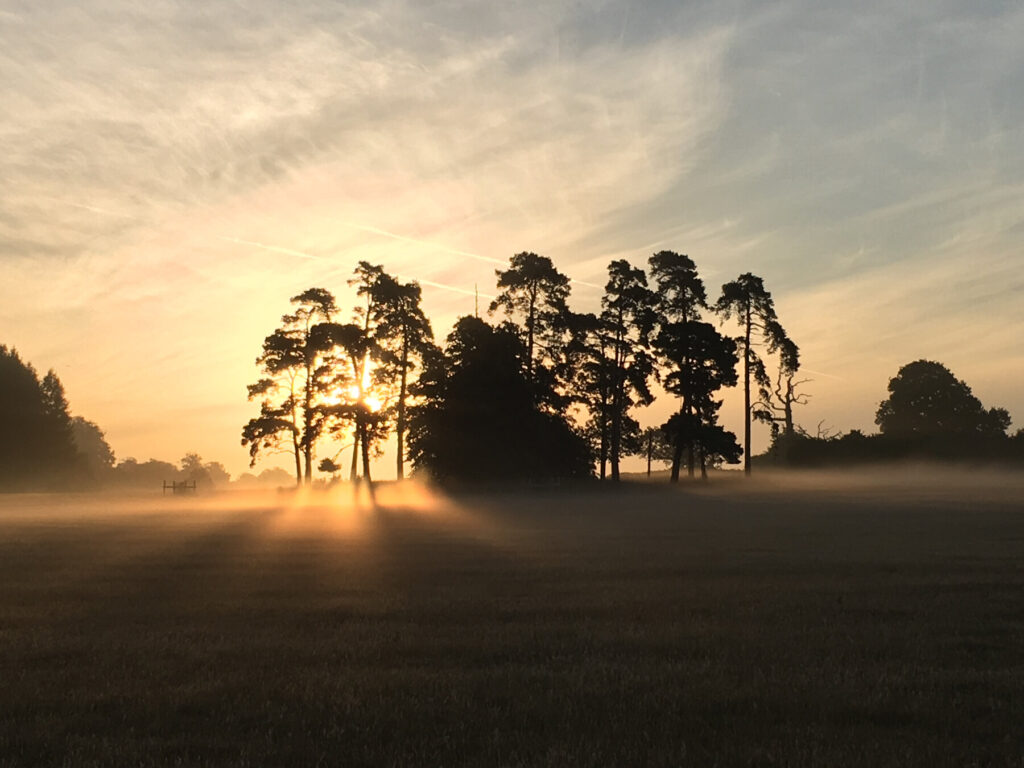
Miles of sandy singletrack make Thetford a real pull for mountain bikers, while bikepackers can ride and bivvy their way along the 50-mile Peddars Way trail, an old Roman road that runs between the forest and the coast at Holme-next-the-Sea.
Wyre Forest, Worcestershire
This 6,500-acre forest, one of the largest coppice-derived ancient oak woodlands in England, is fantastic for deep forest safaris. A former Saxon hunting ground, Wyre became a chase after being granted to the Mortimer family following the Norman Conquest.
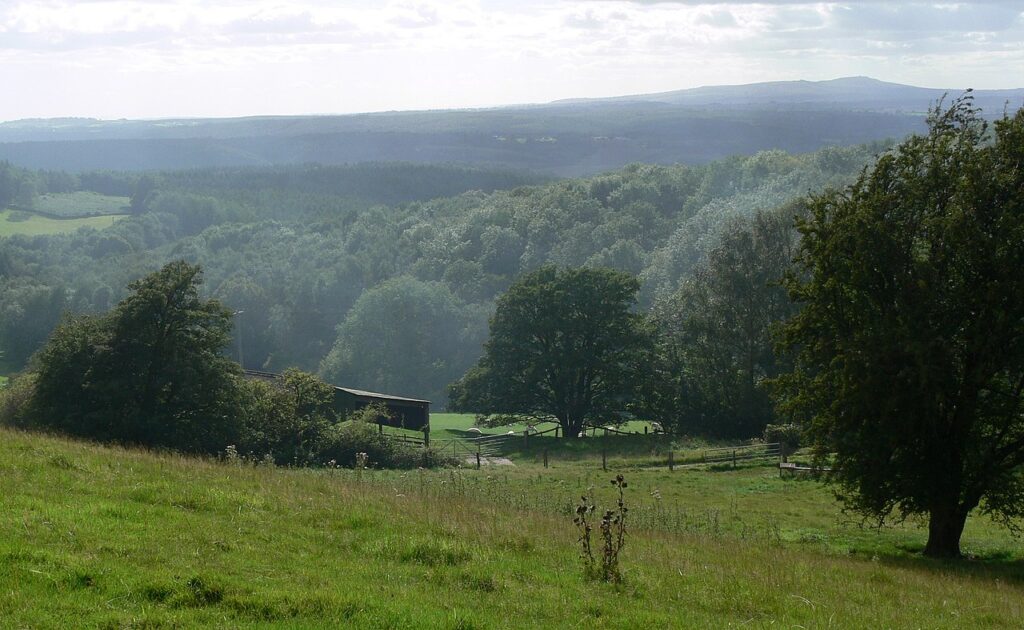
Today a big, well-connected mosaic of oak woodland, old orchards and meadows makes it one of Britain’s best wildlife hotspots. Some 33 species of butterfly have been recorded here, including one of England’s largest colonies of small pearl-bordered fritillary, along with white admiral, wood white, dingy skipper and silver-washed fritillary. Among many hundreds of moths are the great oak beauty, the leopard moth and what may be England’s last colony of Kentish glory.
More information
For more information, check out our guide to Wild Woods:
